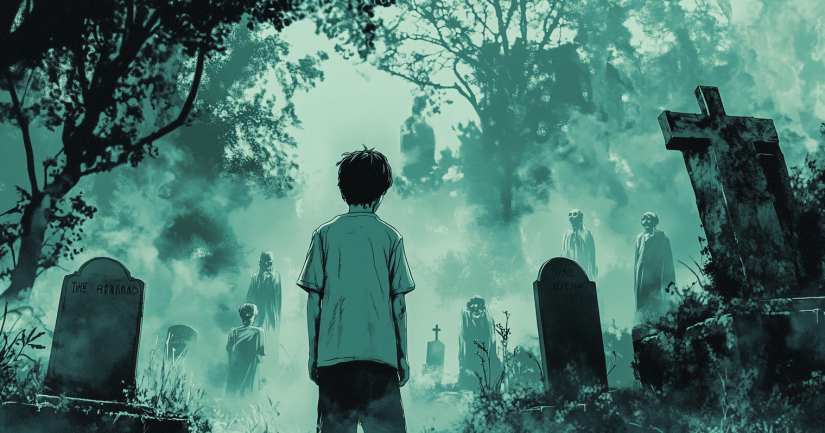
Reflect on the evocative prose of Chapter 22 with The Things They Carried Quiz and uncover the story’s deeper truths. This chapter, rich in emotion and depth, invites you to explore the burdens of memory and the intricate layers of human experience. As you engage with the questions, you’ll delve into the heart of Tim O’Brien’s narrative, uncovering the truths and stories carried by soldiers. Each question is a pathway to understanding the themes of courage, guilt, and the weight of the past. You’ll not only recall the chapter’s events but also gain insight into the complexities of war and its enduring impact on those who survive it.
This quiz challenges you to think deeply and reflect on the characters’ journeys. You’ll ponder over the symbolism, the vivid details, and the haunting memories that define their existence. It’s an opportunity to connect with the characters and their struggles on a personal level. Your participation will enrich your comprehension of this profound novel. Dive in, and let your perspective be transformed by the truths woven into O’Brien’s powerful storytelling.
You’ve made it to the final chapter! Now, circle back to the beginning with The Things They Carried Chapter 1 Quiz, explore how everything ties together with The Things They Carried Chapter 21 Quiz, or see how much you truly remember with The Things They Carried Full Book Quiz.
The Things They Carried Quizzes: Explore Tim O’Brien’s Vietnam War stories …
What Happened – The Things They Carried Chapter 22 Quiz
In Chapter 22 of The Things They Carried, the soldiers are in Vietnam. They are on a mission. The mission takes place at night. The soldiers move quietly through the jungle. They are tense and alert. The area is dark and difficult to see in. The soldiers are careful not to make noise. They are afraid of being discovered by the enemy.
The group is led by Lieutenant Jimmy Cross. Other soldiers in the group include Tim O’Brien, Mitchell Sanders, and Azar. They all carry equipment and weapons. The soldiers communicate using hand signals. They try to avoid speaking out loud. The mission is dangerous, and they must stay focused.
During the mission, the soldiers set up a listening post. They use a radio to listen for enemy activity. The radio is important for their safety. The soldiers take turns keeping watch. They need to stay awake and alert. They hear strange noises in the jungle. The noises make them nervous.
At one point, they hear a loud sound. It is unclear what makes the sound. The soldiers are on edge. They prepare for possible combat. The tension is high, and they remain vigilant. The chapter ends with the soldiers still on the mission. They continue to listen for any signs of the enemy.
